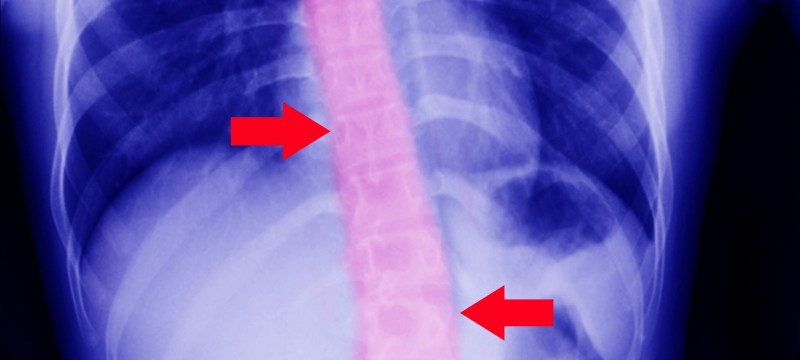3 Common Spinal Curvature Disorders
Category: Scoliosis | Author: Stefano Sinicropi

Your spine is comprised of a collection of small vertebrae and spinal discs. A healthy backbone has some gentle curves to it, and this curvature actually helps the spine absorb stress. The curvature acts as a cushion for shock and stress, similar to how you bend your knees when you land from a jump. This helps distribute the weight so one area isn’t overwhelmed by the force.
But over time the vertebrae, discs and cartilage wear down. This gradual deterioration shifts your spine out of alignment, and can cause you to develop an abnormal curvature or your spine. There are three common types of abnormal spine curvatures, and we’ll explain all three below.
Spinal Curve Problems
Here are three common spinal curvature issues:
- Lordosis – Lordosis, also referred to as swayback, is categorized by an inward curve in the lower part of your spine.
- Kyphosis – Kyphosis, as we’ve discussed previously on the blog, is a condition that affects the upper portion of your spine. Kyphosis involves an abnormally rounded upper back with more than 50 degrees or curvature.
- Scoliosis – Scoliosis involves a sideways curvature of the spine. The curve is generally “S” shaped or “C” shaped.
Causes of Curvature Disorders
Spinal curvature disorders have a variety of different causes.
Lordosis – Lordosis can be caused by Achondroplasia (oftentimes associated with dwarism), Spondylolisthesis (lower back vertebrae pushing forward), osteoporosis, obesity, discitis (inflammation in the spinal discs) and benign juvenile lordosis.
Kyphosis – Kyphosis can be caused by abnormal vertebrae development in the uterus, poor posture, Scheuermann’s disease, arthritis, osteoarthritis, spina bifida, spinal infections and spinal tumors.
Scoliosis – Medical experts don’t know what causes the most common type of scoliosis seen in juveniles, but scoliosis in adults is generally caused by disease, acute injury, spinal infection or a late-developing birth defect.
A skilled back surgeon can treat all of these conditions, either operatively or with non-invasive methods. Contact a back specialist today for more information.